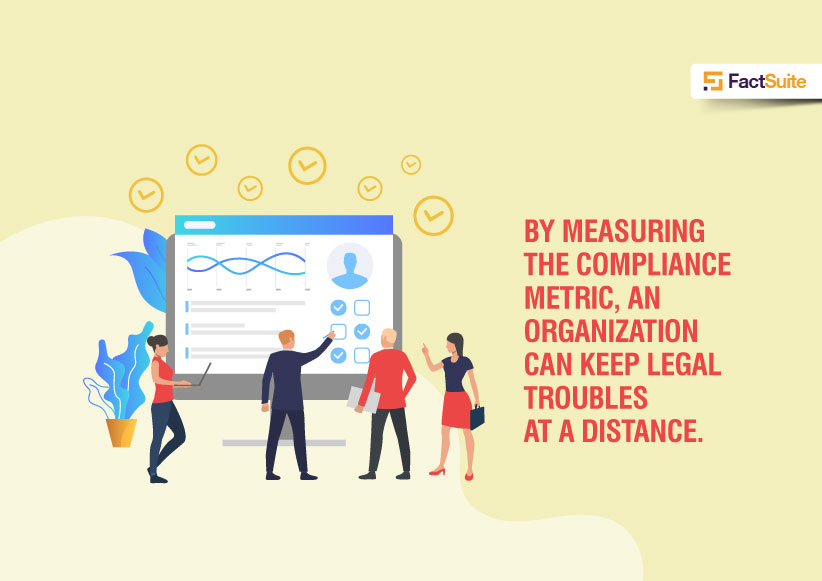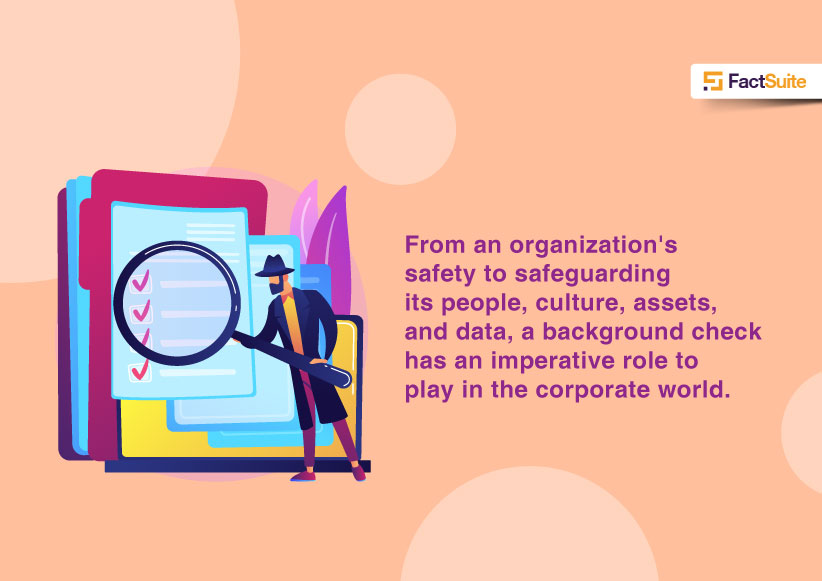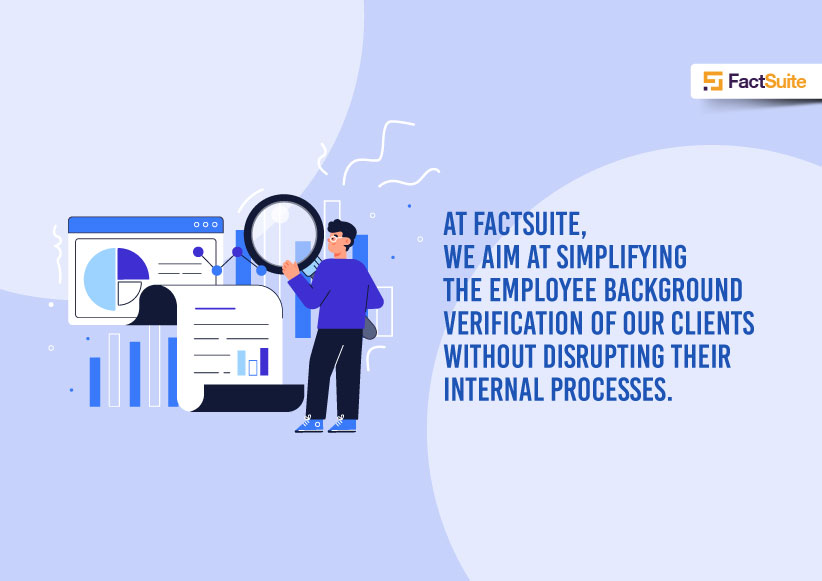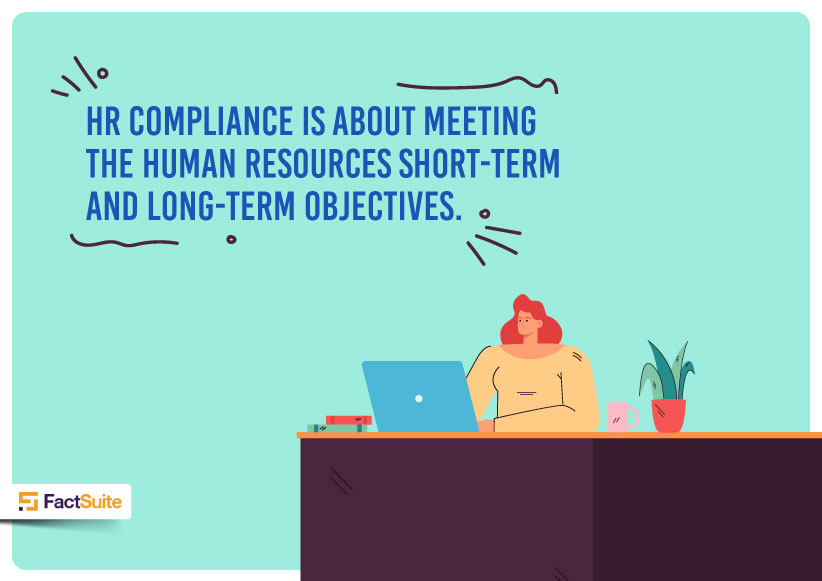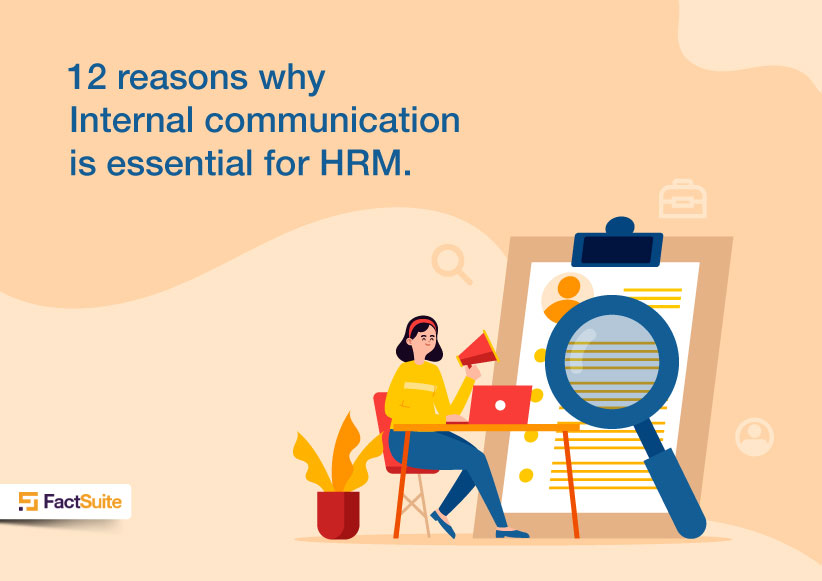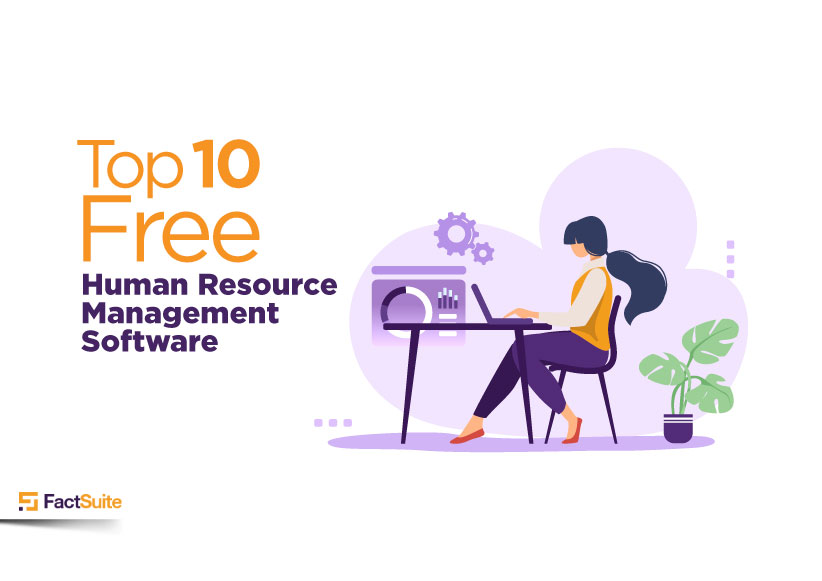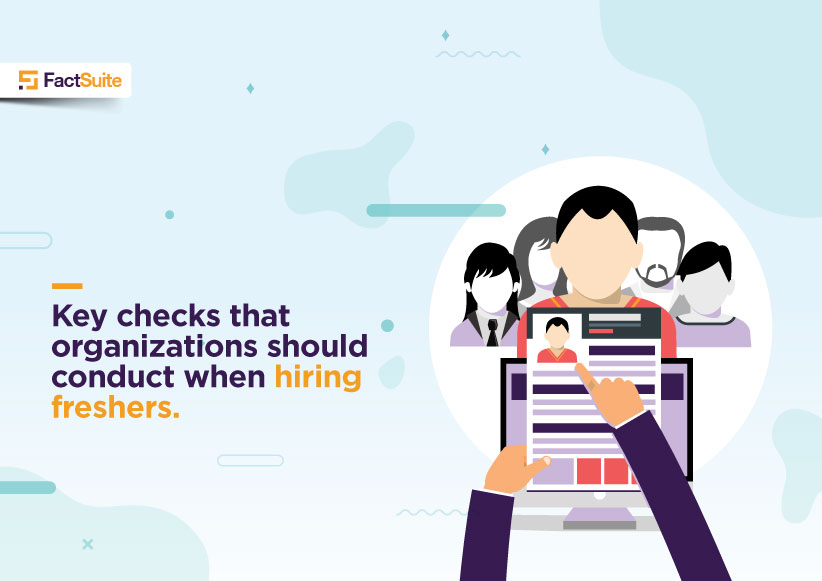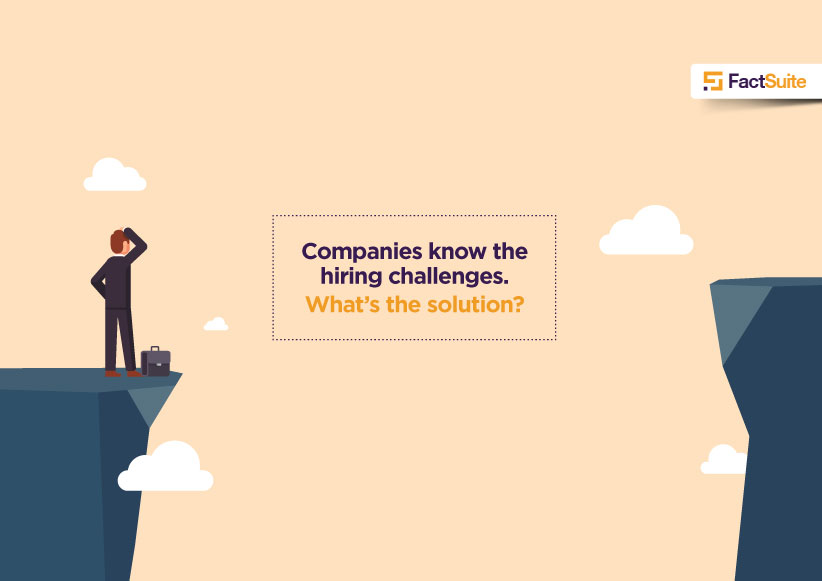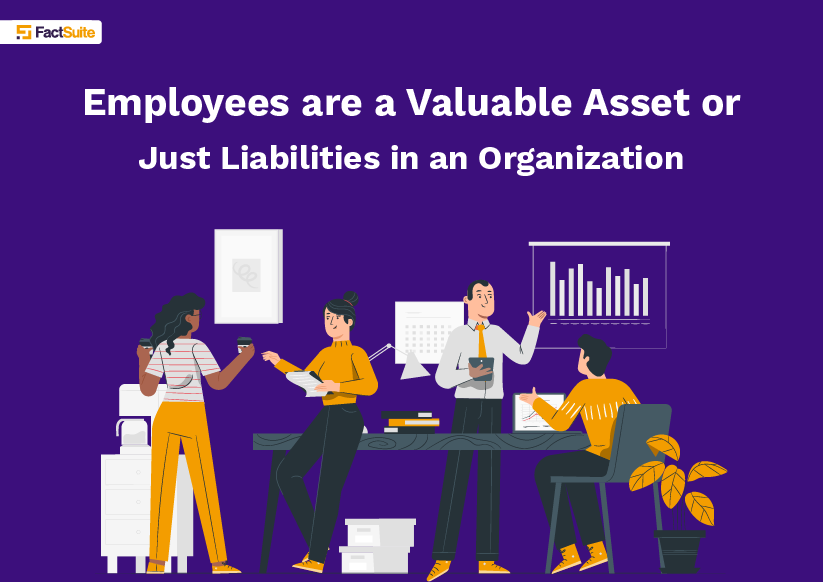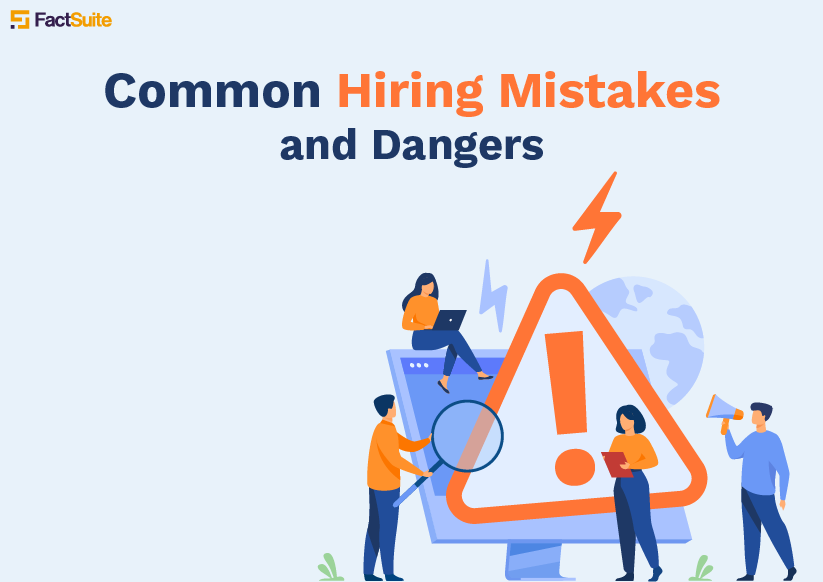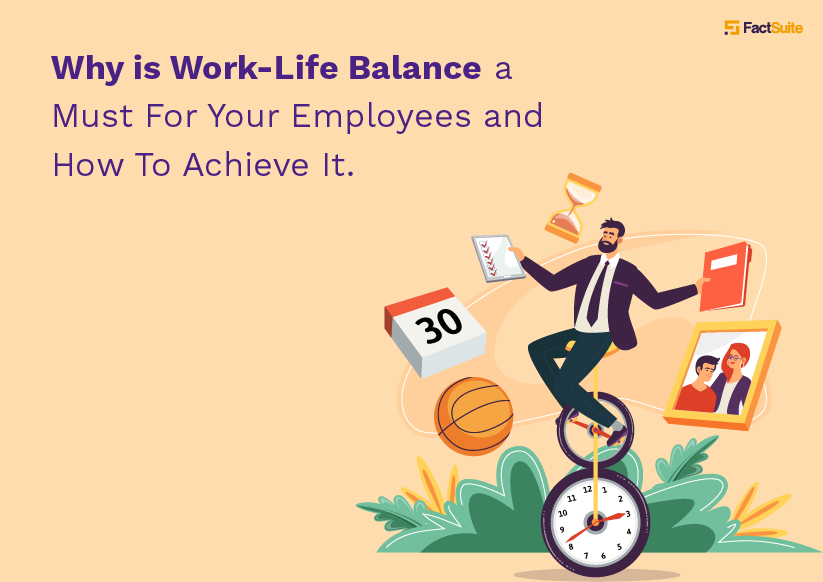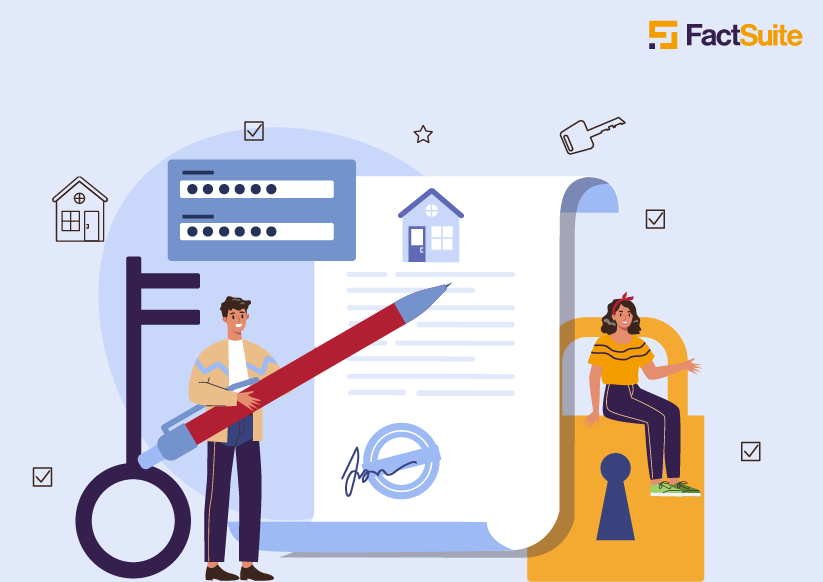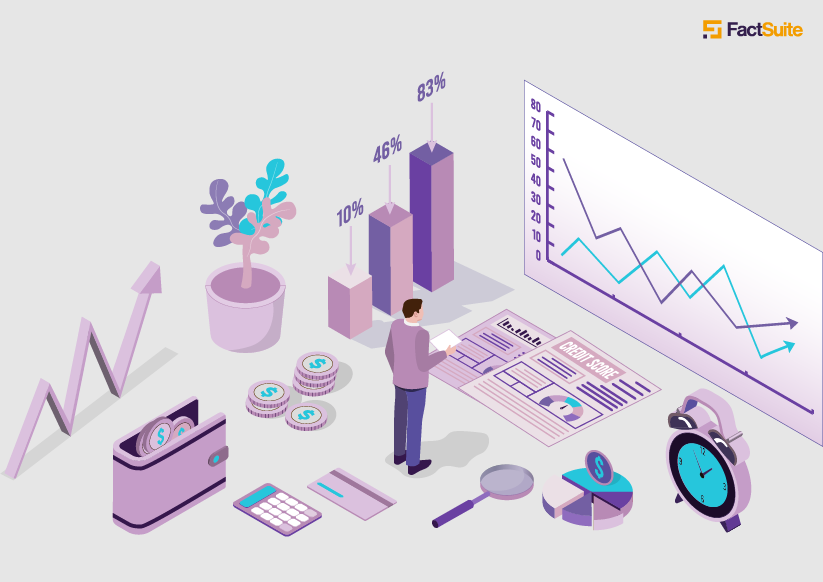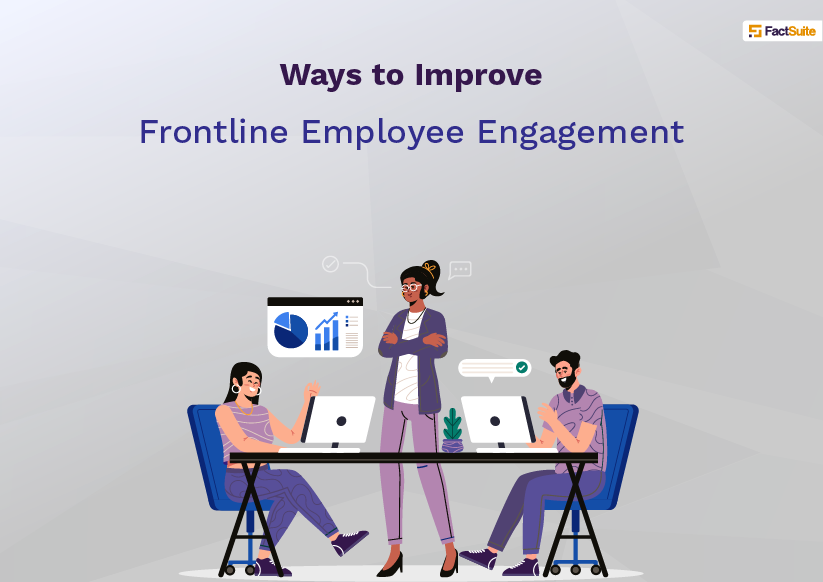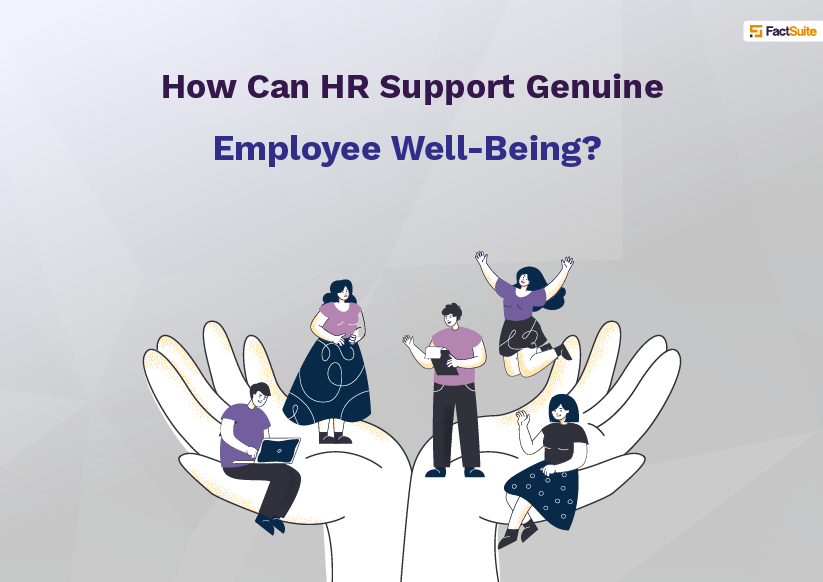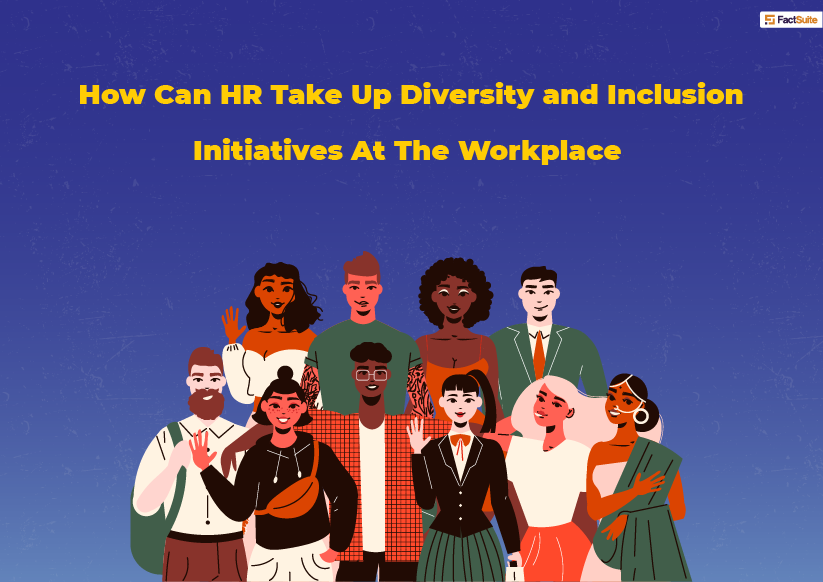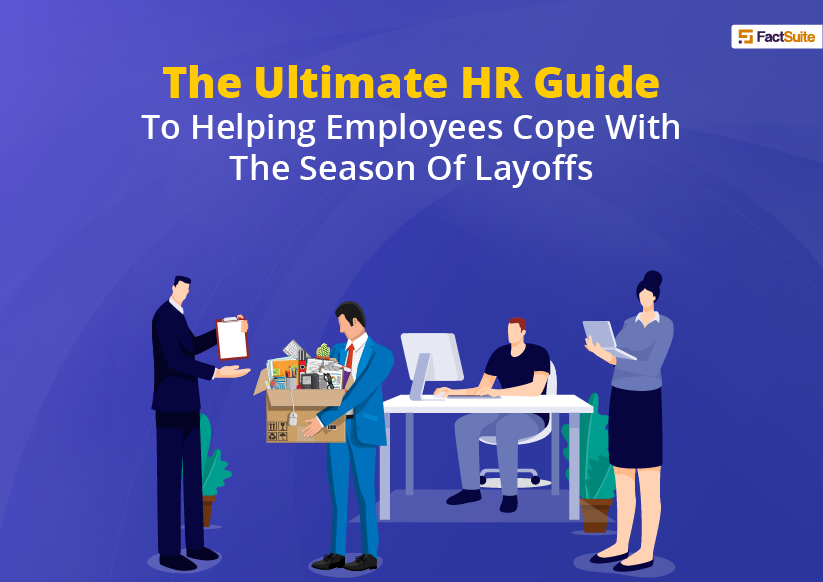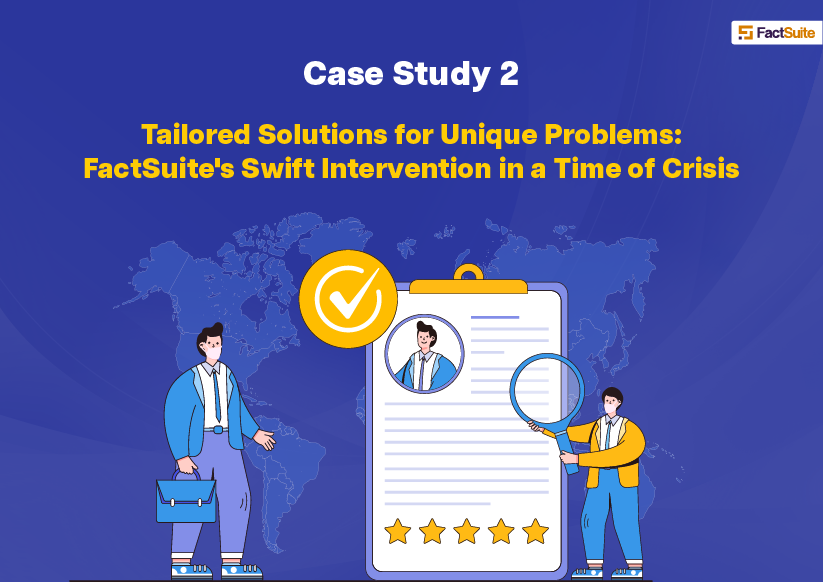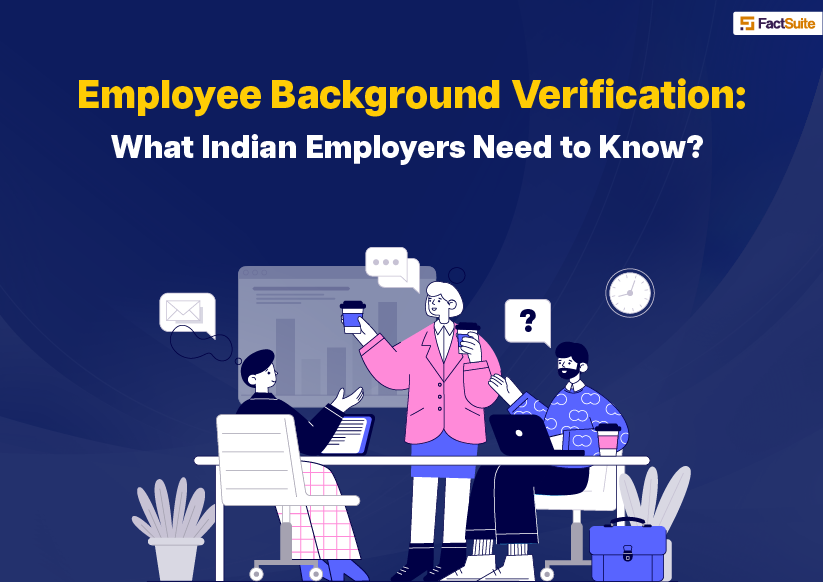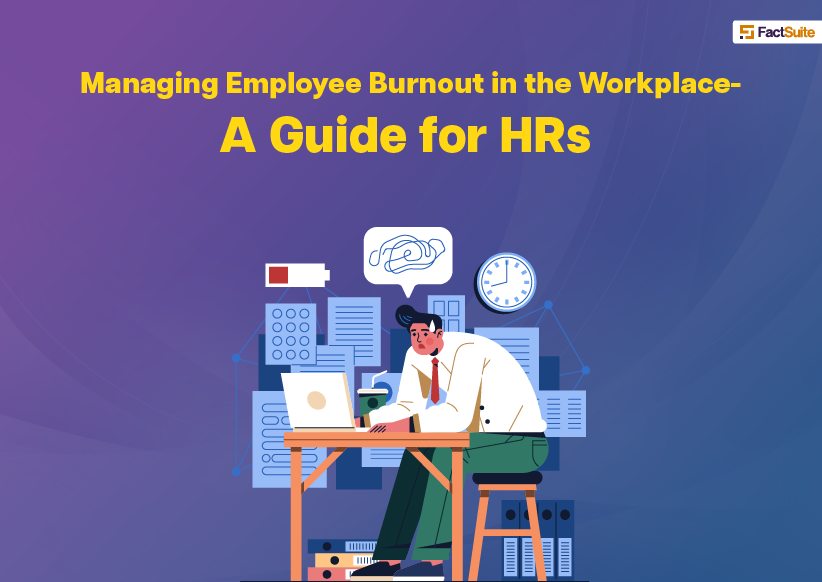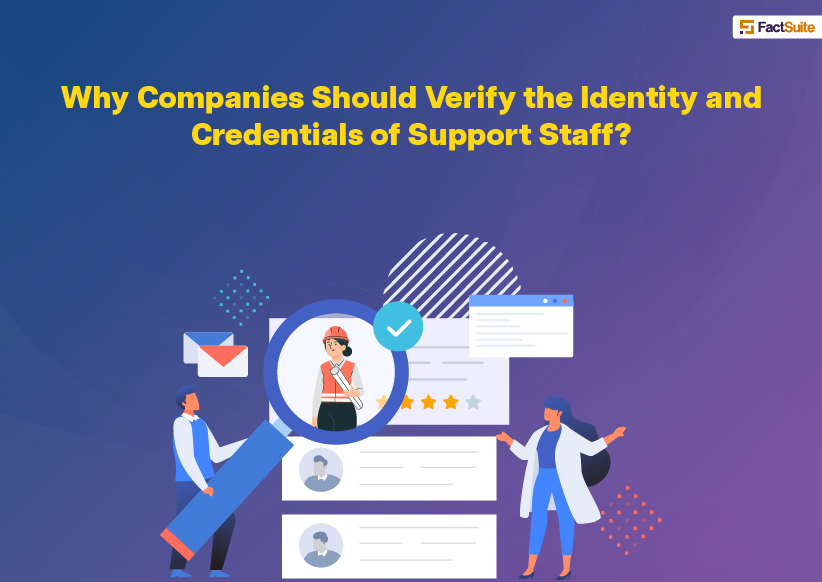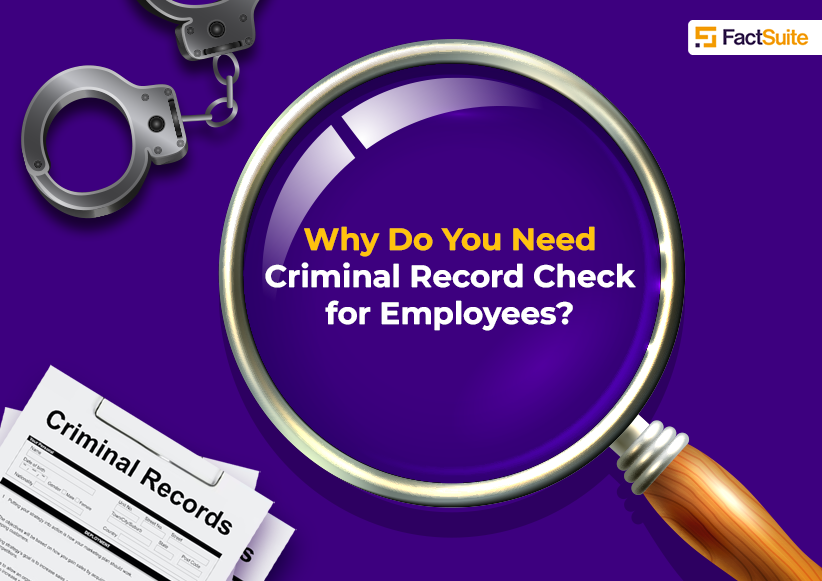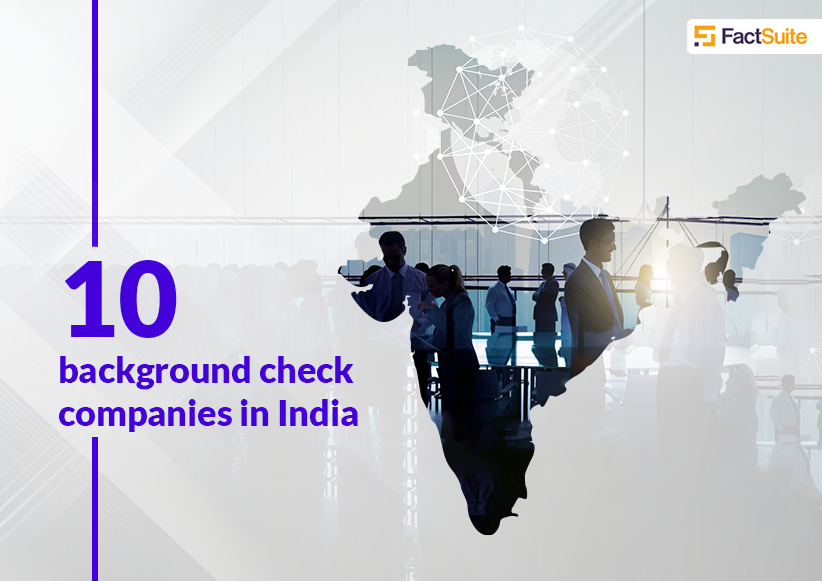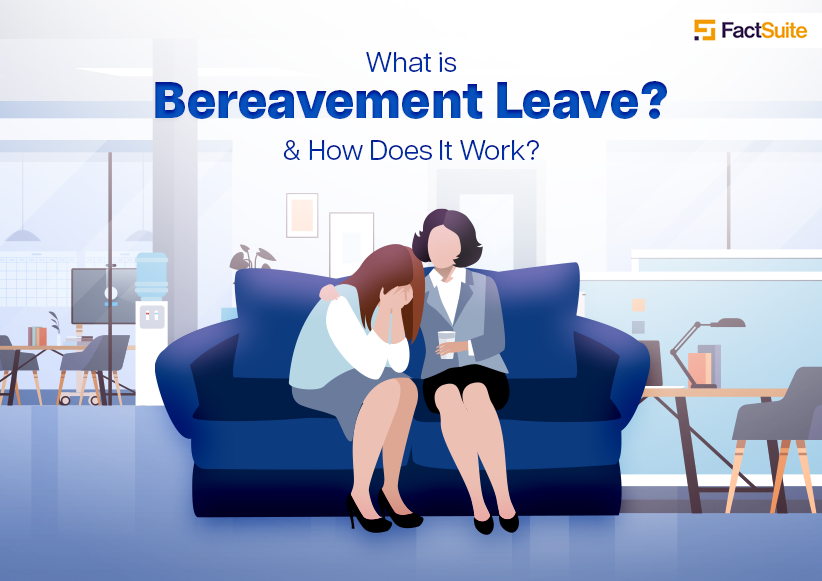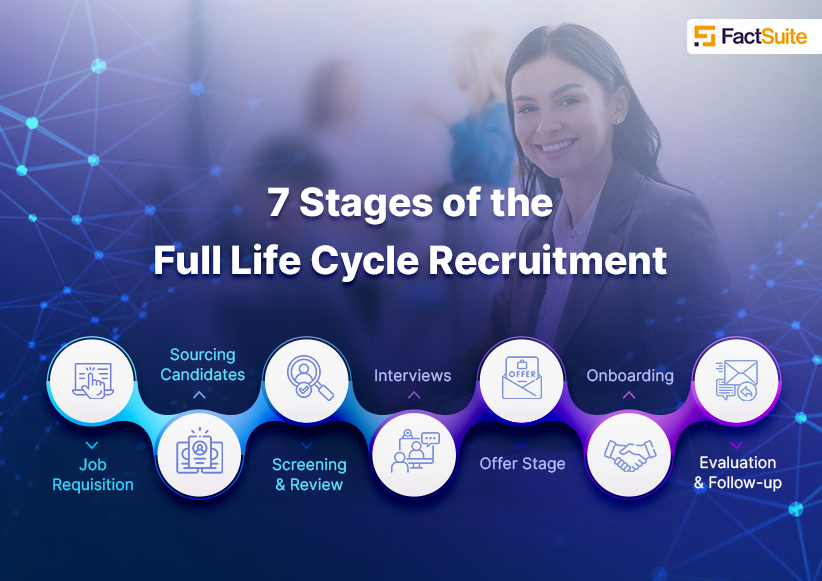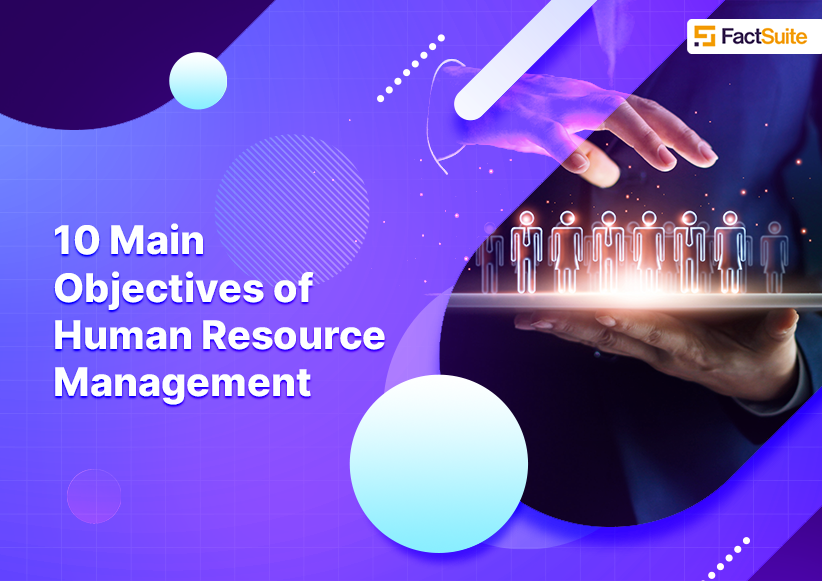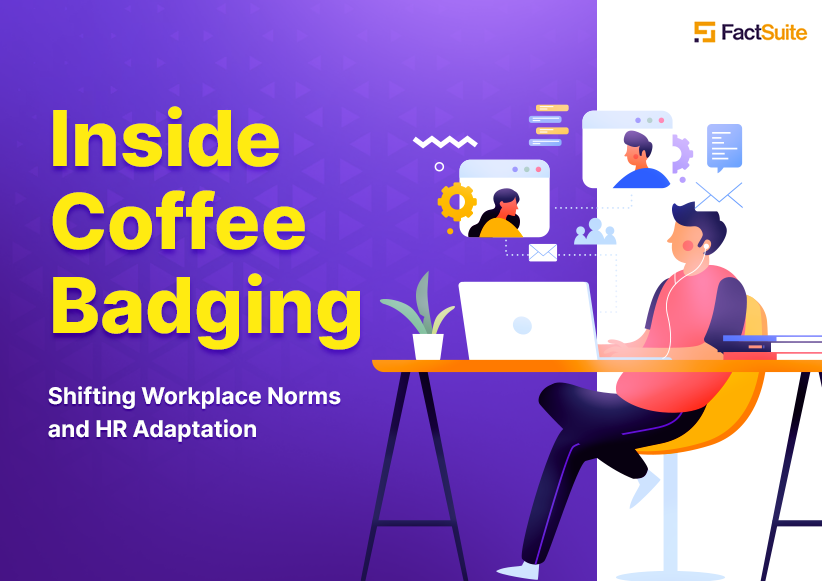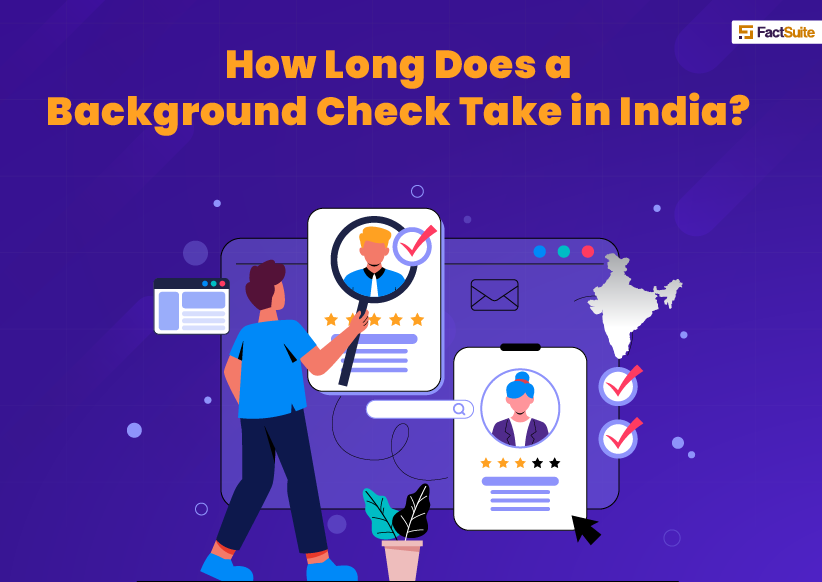Types of Leaves in India – Everything about the Leaves at Work You Should Know
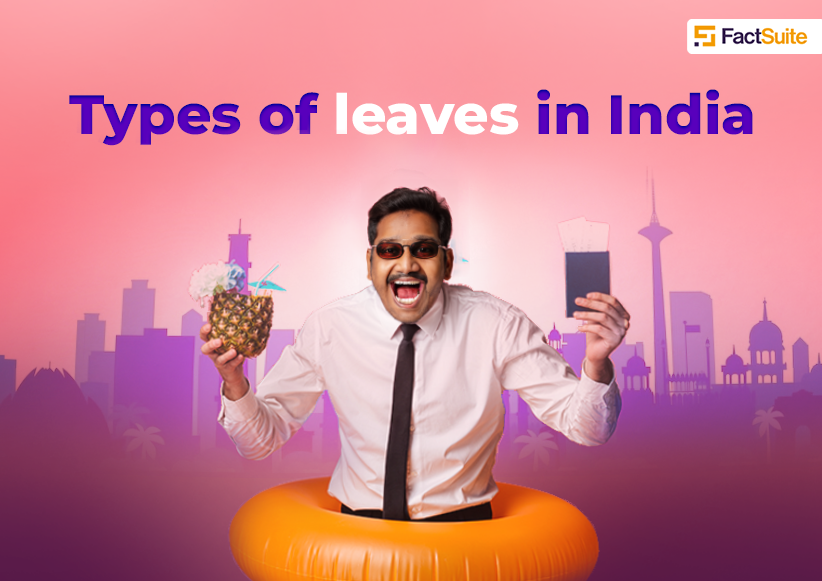
In the context of the workplace, leaves represent an integral and multifaceted aspect of an employee's professional life. They serve as a vital mechanism that allows employees to step away from their work duties for various reasons, both planned and unplanned. The categorization of leaves into different types serves the purpose of addressing a wide range of employee needs and ensuring that they maintain a healthy work-life balance. In India, the utilization of leaves is not arbitrary; it is governed by a combination of labour laws and organizational policies. In this blog, we will embark on a comprehensive exploration of the diverse types of leaves available to employees in India, with a specific emphasis on Privilege Leave, Casual Leave, and other noteworthy categories of leaves. Through this informative guide, we aim to shed light on the intricacies and significance of leave management in the Indian workplace, offering valuable insights into the dynamics of employee well-being and organizational efficiency in this context. So, let's delve into this enlightening guide on the Types of Leaves in India.
Table of Contents
- Types of Leaves in India
-
- Privilege Leave
- Casual Leave
- Special Leave
- Maternity Leave
- Paternity Leave
- Sick Leave
- Compensatory Off (Comp-Off)
-
- FAQs
-
- How many types of leaves are there?
- Which type of leaves are available to employees?
- What is the most common amongst the kinds of leaves in companies?
-
Types of Leaves in India
Leave Types in India cater to the diverse needs of employees. Here, we will discuss some of the most common leave types available:
1. Privilege Leave
Privilege Leave, often referred to as Earned Leave (EL) or Annual Leave, is a Leave Type in India granted to employees based on the duration of their service. Employees accumulate Privilege Leave over time, and it can be utilized for personal reasons, such as vacations, family events, or health-related issues. The number of Privilege Leave days an employee can avail of typically increases with the length of their service. This system incentivizes long-term employment and rewards loyalty.
Privilege Leave is a crucial component of an employee's overall compensation package, providing them with the flexibility to take time off when needed. It not only contributes to work-life balance but also serves as a motivating factor for employees and plays a role in shaping an organization's culture and employee satisfaction. Both employers and employees should be aware of the policies and regulations governing Privilege Leave to ensure it is used effectively and fairly.
2. Casual Leave
Casual Leave, true to its name, serves as a valuable resource for employees to address short-term, unplanned situations that may crop up in their personal lives. This Leave Type in India is designed to accommodate unforeseen or spontaneous needs, such as medical appointments, family emergencies, or other urgent personal matters. Unlike longer-term leaves like Privilege Leave or Sick Leave, Casual Leave is typically of a shorter duration and is intended to provide employees with the flexibility to handle unexpected situations without the need for extensive advance planning. However, it's important to note that the number of Casual Leave days an employee can avail of is generally limited, and some organizations may require employees to obtain prior approval from their supervisors.
The availability of Casual Leave can be particularly beneficial in promoting work-life balance and employee well-being. It recognizes that life is unpredictable, and employees may require time off for various unplanned circumstances. By providing this leave option, organizations demonstrate their understanding and support for their employees' personal needs, which, in turn, can enhance employee morale and engagement. Casual Leave plays a pivotal role in creating a supportive and accommodating work culture that values the diverse and often unexpected demands of employees' personal lives.
3. Special Leave
Special Leave, often referred to as Extraordinary Leave (EOL), serves as a unique category of Leave Types in India that caters to exceptional circumstances beyond the scope of regular leave entitlements. Unlike other leave types, Special Leave is typically unpaid and is granted at the discretion of the employer. It encompasses a wide range of unforeseen or exceptional situations such as compassionate leave for the loss of a loved one, personal emergencies, or unique personal commitments. The decision to approve Special Leave typically depends on the employer's assessment of the situation and the organization's leave policy. This flexibility, while unpaid, is essential in addressing extraordinary personal circumstances and underlines an organization's commitment to supporting its employees during critical life events or emergencies.
4. Maternity Leave
Maternity Leave is a crucial form of leave designed to support female employees during the significant life events of pregnancy and childbirth. It is a reflection of both legal and societal recognition that women should be afforded time and support to ensure their well-being and that of their newborn child during this important period. The duration of Maternity Leave varies widely across countries and organizations, with some offering a few weeks and others providing several months or more, depending on local laws and company policies.
One of the key features of Maternity Leave is that it often includes paid benefits, which is a significant benefit for expectant mothers. These financial benefits can come from the employer, government maternity schemes, or a combination of both. Paid Maternity Leave helps alleviate the financial burdens that can arise during a time when medical expenses and caregiving responsibilities are heightened. Additionally, it contributes to gender equality by recognizing the needs of working mothers and allowing them to take time off without sacrificing their financial security or job stability. Maternity Leave is not just a legal requirement in many places but is also a fundamental support system for women to balance their professional and family responsibilities during this critical phase of their lives.
5. Paternity Leave
Paternity Leave is a leave entitlement intended to provide male employees the opportunity to support their partners during crucial life events, including pregnancy, childbirth, and the initial stages of parenting. While the specifics of Paternity Leave can differ between organizations and regions, its primary aim is to recognize the importance of male involvement in family life and to facilitate their active role in the care and support of their partners and newborns. This leave acknowledges that the responsibilities of parenthood are not solely the domain of mothers and offers fathers the chance to bond with their children, share caregiving responsibilities, and be present during the formative moments of their child's life. It is a positive step towards promoting gender equality in the workplace and fostering a work culture that values family and work-life balance.
6. Sick Leave
Sick Leave is a vital component of employee benefits, designed to provide support to employees when they are unwell or suffering from a medical condition that hinders their ability to perform their job duties. This form of leave acknowledges the importance of health and well-being in the workplace, recognizing that employees may face unexpected illnesses or medical issues. The duration of Sick Leave can vary from one organization to another and is often specified in company policies or collective bargaining agreements. Typically, employees need to provide a medical certificate or relevant documentation to avail of Sick Leave. The objective is to ensure that employees have the necessary time to recover and prevent the spread of illness in the workplace, while also offering job security during their absence.
7. Compensatory Off (Comp-Off)
Compensatory Off, commonly known as Comp-Off, is a leave mechanism that recognizes and compensates employees for the extra hours they've worked beyond their regular working hours. When employees have put in additional time or effort, often due to project deadlines, special projects, or overtime, they accumulate Comp-Off days as a way to balance their work-life equation. Comp-Off days are essentially time-off in lieu of the extra work done and can be taken at a later date when the workload permits. This policy not only helps employees maintain a healthier work-life balance but also serves as a motivational tool, encouraging employees to go the extra mile when needed, with the assurance that their efforts will be rewarded with additional time off. Comp-Off can vary in its accrual and utilization rules depending on an organization's policies and applicable labor laws, but it plays a crucial role in acknowledging and valuing employee dedication and hard work.
FAQs Related To Types of Leaves
1. How many types of leaves are there?
There are several types of leaves available to employees in India, each serving different purposes and needs. Some common types of leaves include Privilege Leave, Casual Leave, Special Leave, Maternity Leave, Paternity Leave, Sick Leave, and Compensatory Off (Comp-Off). The exact number and availability of leave types can vary from one organization to another, depending on their policies and compliance with labor laws.
2. Which type of leaves are available to employees?
Employees in India have access to various types of leaves, including Privilege Leave, Casual Leave, Special Leave, Maternity Leave, Paternity Leave, Sick Leave, and Compensatory Off. The specific leave types available to employees can differ depending on the organization's policies, employment agreements, and local labor laws. Employers often provide details about the types of leave, eligibility criteria, and the process for requesting and availing these leaves in their employment contracts or company handbooks.
3. What is the most common amongst the kinds of leaves in companies?
The most common types of leaves in companies often include Privilege Leave and Casual Leave. Privilege Leave, also known as Earned Leave (EL) or Annual Leave, is a staple for employees in India, allowing them to take time off for personal reasons such as vacations, family events, or health-related issues. Casual Leave, on the other hand, is designed for short-term, unplanned situations, accommodating unforeseen or spontaneous needs like medical appointments and family emergencies. These two types of leave are prevalent and essential for maintaining work-life balance and addressing various personal needs in the workplace. However, the prevalence of specific leave types can vary depending on the organization's policies and the industry they operate in.

